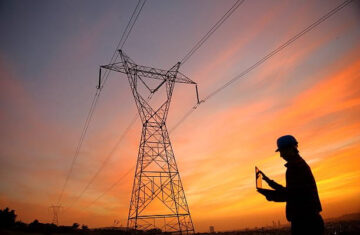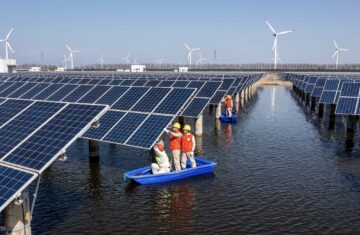The 12 main types of solar panel
Solar panels have become an increasingly popular solution for generating electricity in a sustainable and renewable way. However, there are different types of solar panels, each with its own characteristics and advantages. In this article, we’ll explore the 12 main types of solar panel in detail.
1. Monocrystalline solar panels
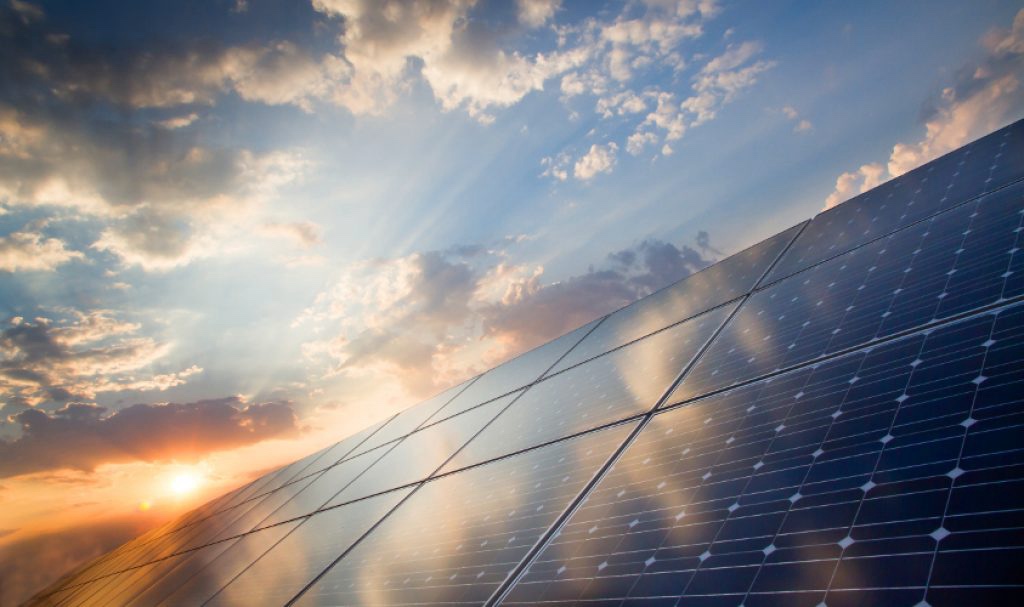
Monocrystalline solar panels are made from monocrystalline silicon solar cells. They can be recognised by their uniformly dark colour and shiny appearance. They are generally the most efficient in terms of converting solar energy into electricity, with efficiencies of up to 22%. However, they are also the most expensive.
Advantages of monocrystalline solar panels
- High conversion efficiency (up to 22%)
- Longer lifespan
- Attractive appearance
Disadvantages of monocrystalline solar panels
- Higher cost
- Sensitivity to shading
2. Polycrystalline solar panels
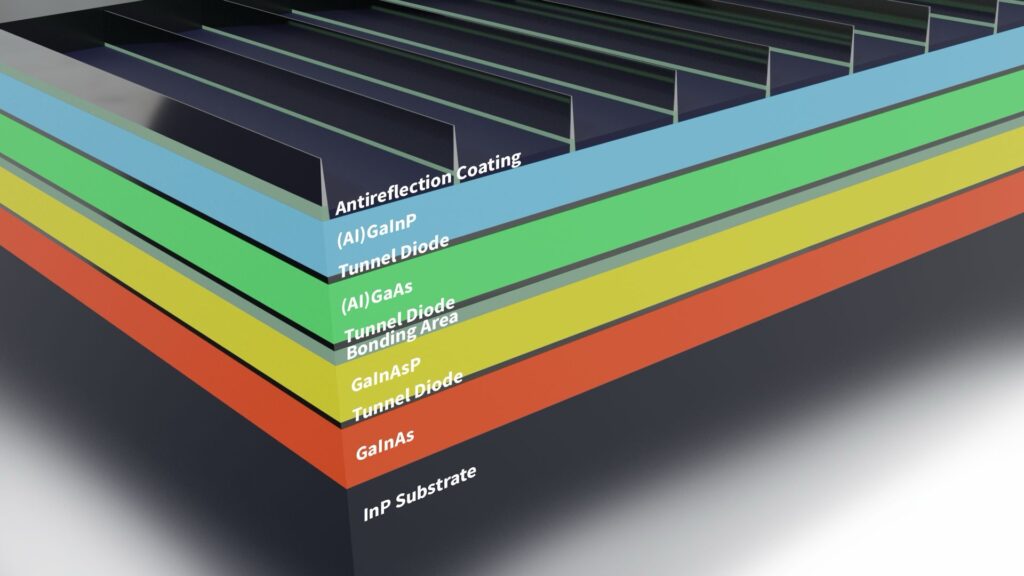
Polycrystalline solar panels are made from polycrystalline silicon solar cells. They have a more mottled, bluish appearance than monocrystalline panels. Although they are slightly less efficient, with yields of up to 18%, they are generally cheaper.
Advantages of polycrystalline solar panels
- Lower production costs
- Better performance in low sunlight conditions
Disadvantages of polycrystalline solar panels
- Lower conversion efficiency (up to 18%)
- Slightly shorter lifespan
3. Thin-film solar panels
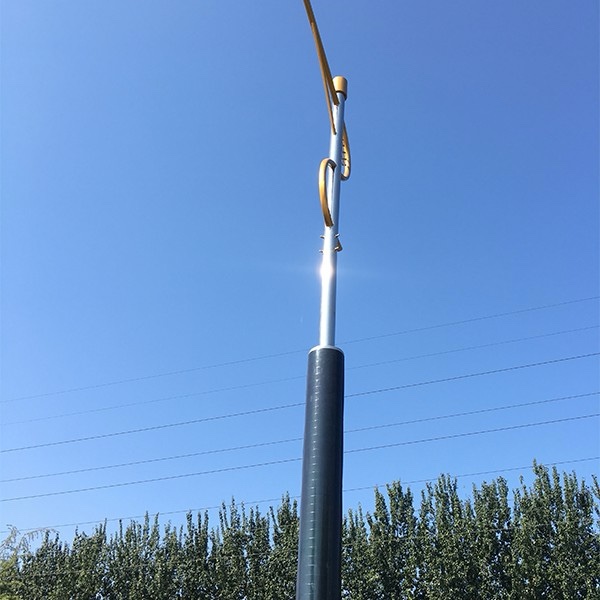
Thin-film solar panels are made from ultra-thin layers of photovoltaic materials such as amorphous silicon (a-Si), cadmium telluride (CdTe) or copper, indium, gallium and selenium (CIGS). They are generally cheaper to produce than crystalline panels, but have lower efficiencies, generally around 10-15%.
Advantages of thin-film solar panels
- Lower production costs
- Flexibility and lightness
Disadvantages of thin-film solar panels
- Lower conversion efficiency (10-15%)
- Faster degradation over time
4. Bifacial solar panels
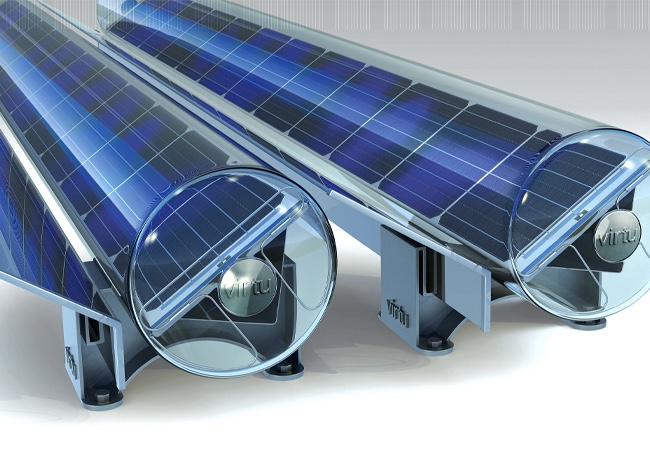
Bifacial solar panels are an emerging technology that captures light on both sides of the panel. This increases their electricity production, particularly when they are installed above reflective surfaces such as grass or gravel. Their efficiency can be as high as 20-22%.
Advantages of bi-facial solar panels
- Higher electricity production
- Better use of space
Disadvantages of bi-facial solar panels
- Higher installation costs
- Technology still under development
5. Heterojunction solar panels
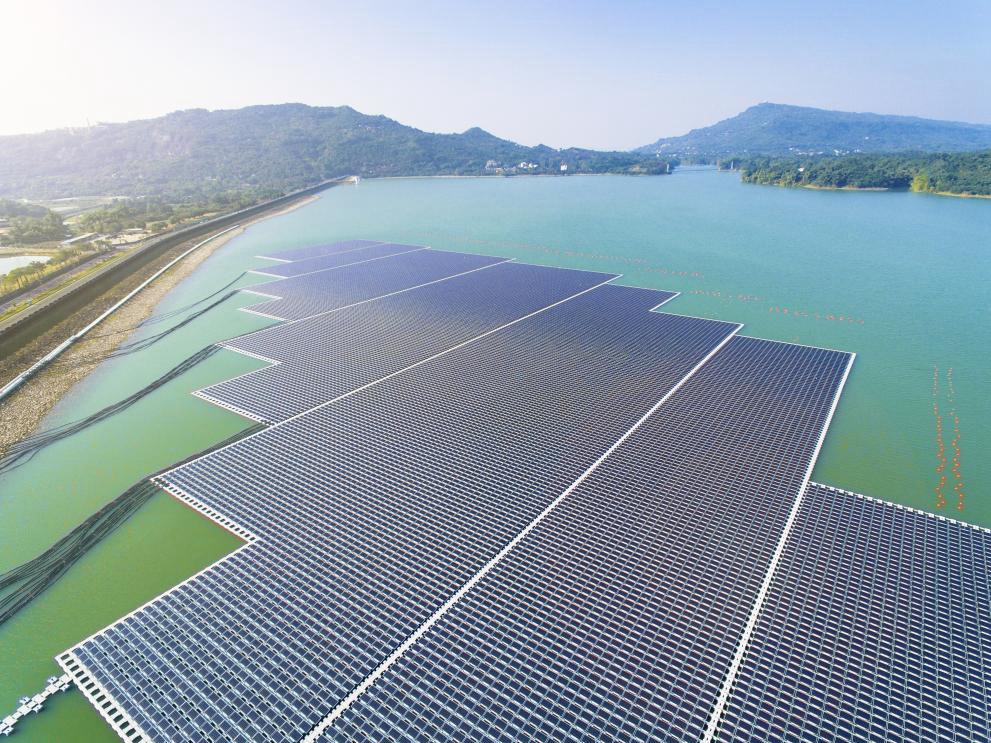
Heterojunction solar panels combine two types of semiconductor material, generally crystalline silicon and amorphous silicon. This technology makes it possible to achieve yields of over 25%, while remaining affordable.
Advantages of heterojunction solar panels
- Very high efficiency (>25%)
- Low production costs
Disadvantages of heterojunction solar panels
- Technology is still new
- Sensitivity to high temperatures
6. Concentrating solar panels (CPV)

Concentrating solar panels use lenses or mirrors to concentrate sunlight onto small solar cells. This concentration makes it possible to achieve efficiencies of over 30%, but requires a solar tracking system.
Advantages of concentrating solar panels
- Very high efficiency (>30%)
- Reduction in the quantity of photovoltaic materials used
Disadvantages of concentrating solar panels
- Complex solar tracking system required
- Sensitivity to weather conditions
7. Organic solar panels
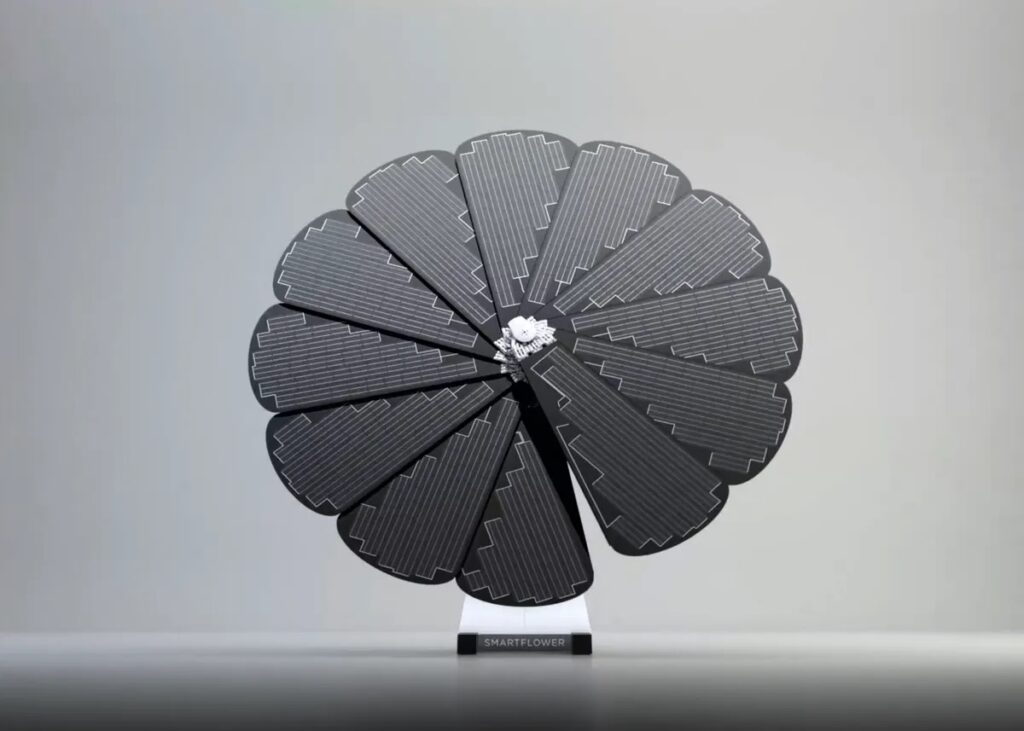
Organic solar panels are made from organic materials such as polymers or small molecules. Although their efficiency is still limited (around 15%), they offer the possibility of creating flexible, lightweight and transparent solar panels.
Advantages of organic solar panels
- Flexibility and lightness
- Possibility of transparency
Disadvantages of organic solar panels
- Efficiency still limited (around 15%)
- Shorter lifespan
8. Hybrid solar panels

Hybrid solar panels combine photovoltaic cells with a heat production system, enabling both electricity and solar heat to be recovered. This makes it possible to achieve overall efficiencies of between 60 and 80%.
Advantages of hybrid solar panels
- Combined production of electricity and heat
- High overall efficiency (60-80%)
Disadvantages of hybrid solar panels
- Higher installation costs
- Greater technical complexity
9. Floating solar panels
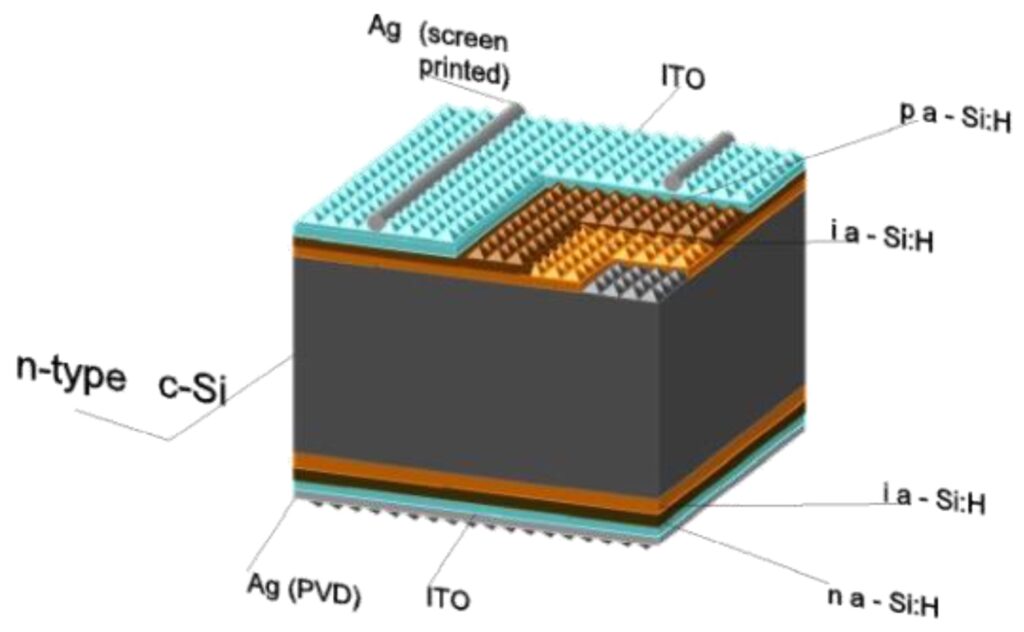
Floating solar panels are installed on bodies of water such as lakes or reservoirs. This makes it possible to take advantage of the available water surface while benefiting from natural cooling of the panels, which improves their efficiency.
Advantages of floating solar panels
- Use of little-used water areas
- Natural cooling of the panels
Disadvantages of floating solar panels
- Higher installation costs
- Technical constraints linked to installation on water
10. Semi-transparent solar panels

Semi-transparent solar panels allow some light to pass through, making it possible to integrate solar panels into windows or building facades while retaining a degree of transparency.
Advantages of semi-transparent solar panels
- Architectural integration into buildings
- Contribution of natural light
Disadvantages of semi-transparent solar panels
- Lower electrical efficiency
- Higher installation costs
11. Flower solar panels
Flower solar panels mimic the appearance of flowers and are designed to be more aesthetically appealing than traditional solar panels. Although their yield is lower, this technology aims to make it easier to integrate solar panels into urban spaces.
Advantages of flower solar panels
- More attractive aesthetics
- Greater acceptance in urban areas
Disadvantages of solar flower panels
- Lower electrical output
- Higher cost
12. Painted solar panels
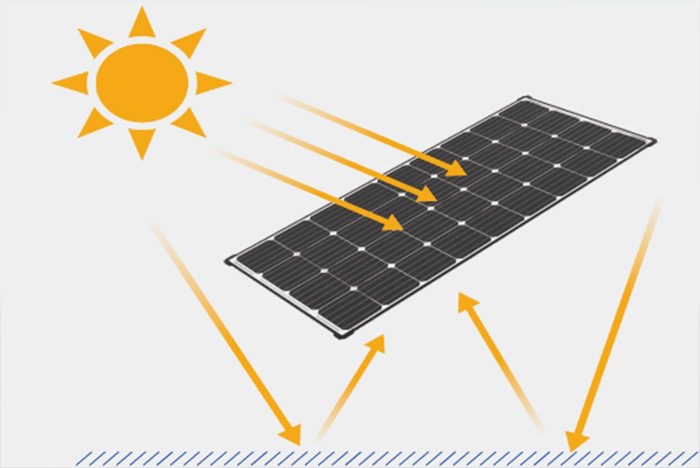
Painted solar panels use photovoltaic inks that can be applied to different substrates such as glass, metal or plastic. This allows great flexibility of integration and design, but their output is still fairly limited.
Advantages of painted solar panels
- Flexibility of integration
- Creative design possibilities
Disadvantages of painted solar panels
- Lower electrical efficiency
- Technology still in its infancy
In conclusion, the photovoltaic industry has undergone a remarkable evolution over the years, with the development of numerous types of solar panel to meet specific needs and applications. From traditional silicon technologies to more recent innovations such as concentrating, organic or semi-transparent panels, each type has its advantages and disadvantages in terms of efficiency, cost, flexibility of integration and aesthetics. This growing diversity opens up new possibilities for the use of solar energy in a wide variety of contexts, contributing to the worldwide expansion of renewable energies. It is clear that innovation in photovoltaics will continue to play a key role in the energy transition in the years to come.

